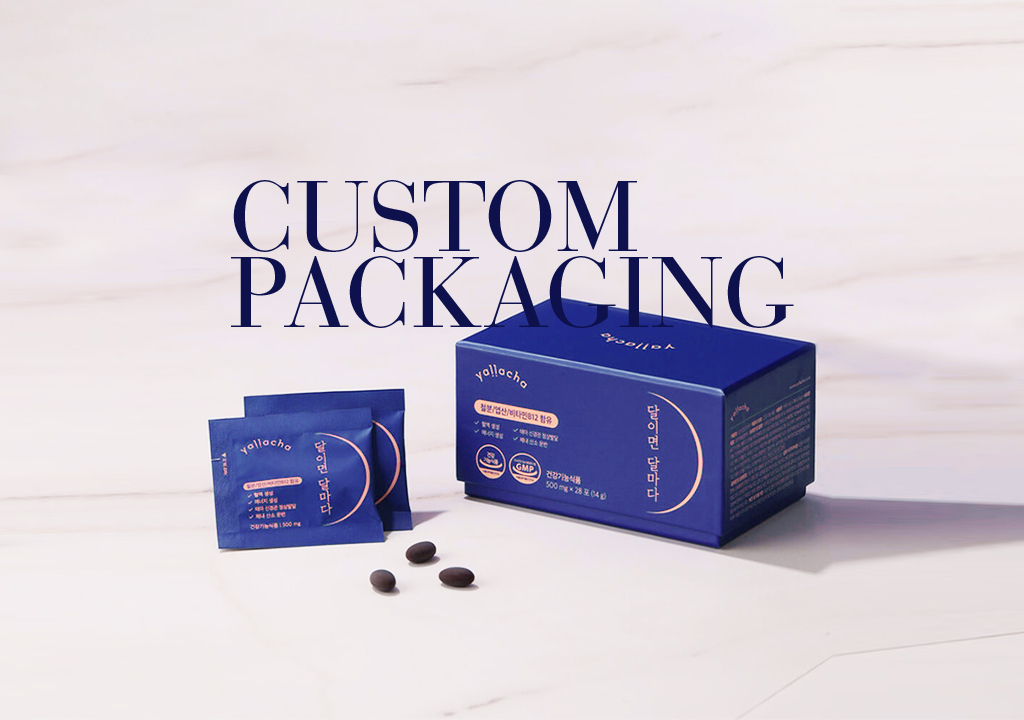Do you really know how many layers our package contains? The answer is most likely no.
On a daily basis, we aren’t usually thinking about the various types of packaging that go into products. Or the most important packaging design aspects.
However, understanding the many layers of packaging and how they affect the final product can give your company a major advantage.
That’s why, in this article, we’ll look into custom packaging layers in greater depth. Including how primary, secondary, and tertiary packaging offer value to your product while also keeping it secure.
Let’s get started!
Primary Packaging and Its Importance
- The packaging that comes into contact with a product the most, often known as “retail packaging”.
- Its primary objectives are to protect the product while also informing or attracting a buyer.
- The definition of primary custom packaging varies depending on the product.
- A pop can, for example, is primary packaging (since it’s the most common way to transport soda). But a corrugated box containing a camera and its accessories is primary packaging (because it’s the most common way to buy it).
Secondary Packaging and Its Importance
- It’s used to ship products that are already in primary packaging. With the primary aim of protecting products and providing branding during delivery.
- It’s also used as display custom packaging in retail venues like grocery stores.
- 12-packs of soda cans, the display stand for a newly released Blu-Ray movie. And the corrugated box that a half-dozen camera boxes ship in, are all examples of secondary packaging.
- Primary and secondary packaging, as you can see, sometimes overlap.
- Secondary packaging and tertiary packaging can also overlap.
Tertiary Primary Packaging and Its Importance
- The most common packing used by warehouses to transport secondary packaging. With the objective of appropriately protecting products throughout transit.
- Consumers rarely see tertiary custom packaging. Such as the pallets needed to transport large shipments. Or corrugated pads used to separate layers of boxes, and stretch wrap used to hold stacks of cartons.
What Is the Importance of Packaging Levels?
Whether you’re shipping items in bulk, grouping comparable products for retail display. Or packing individual items for client consumption or use, custom packaging is critical at every stage.
Consumers may not notice it on the tertiary packaging level. But that doesn’t mean you shouldn’t pay attention to it.
There’s strategy involved at every level of your packaging. Whether it’s consumer-facing or not. It’s just as crucial to keep your product.
This is especially true if there are a lot of them. so, secure during shipment and fulfillment as it is to attract the consumer’s eye on a retail shelf.
Of course, you want to save money while safeguarding your product, so that’s understandable.
Here’s the good news
The good news is that dealing with a professional, experienced packaging business can mean much. The difference between your items arriving in good condition. And presenting themselves as the best option for the customer, versus arriving broken, dented, crushed, torn, or worse.
Your product’s packaging gives you the chance to personalize it and make it stand out from the crowd. Because custom packaging delivers a strong message, it’s important to pick your packaging strategy wisely.
A product can be damaged in a variety of ways, including during delivery, retail stocking. And even when the client is taking the thing home.
To keep your product looking fantastic and adequately secured, it’s vital to create a balance between the degrees of packaging. Multiple Packages can assist you in achieving your objective.
So, in a competitive market, how can you make your product stand out?
These are just a few things to think about while you create your packing layers.
The answers will vary depending on the type of goods. But this is a good place to start when putting together a thorough custom packaging solution based on product features.
Businesses often struggle to balance form and function. But that’s where understanding the many sorts of packaging layers comes in.
It will be easier to design with your product journey in mind if you can identify distinct package styles and what value they bring.
 +1(332)-233-6292
+1(332)-233-6292

